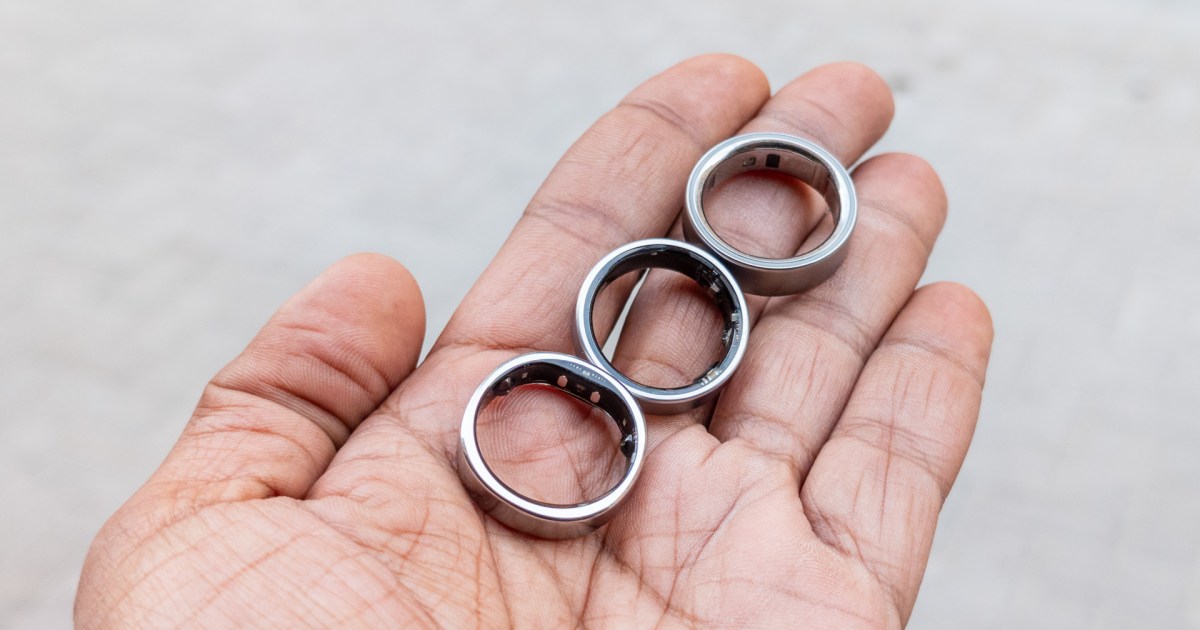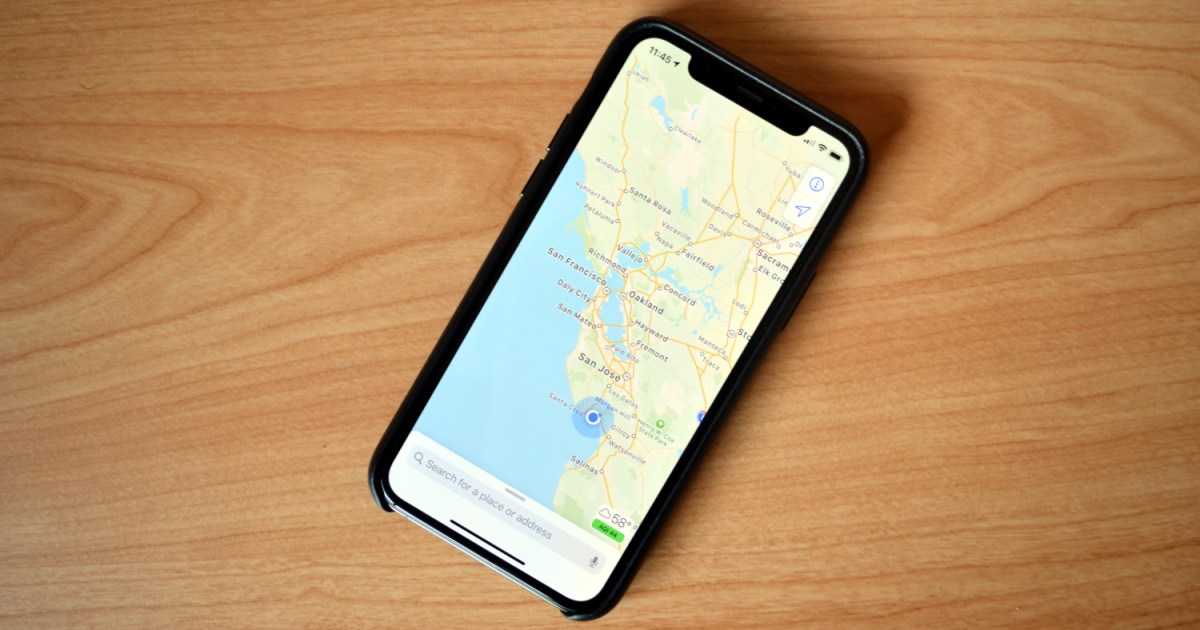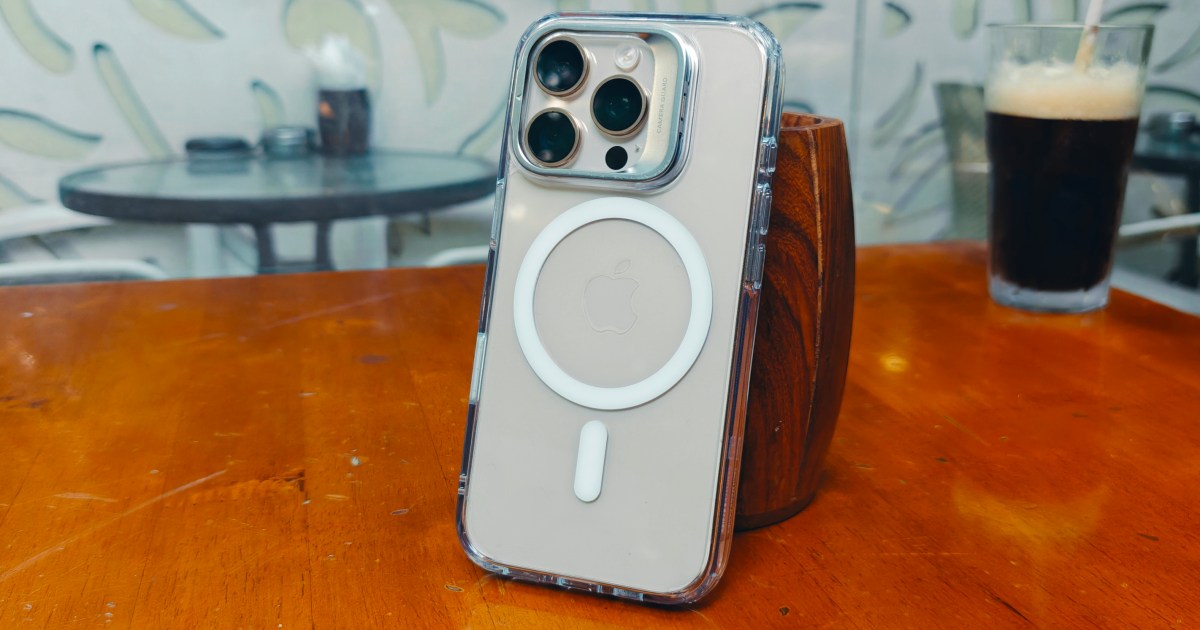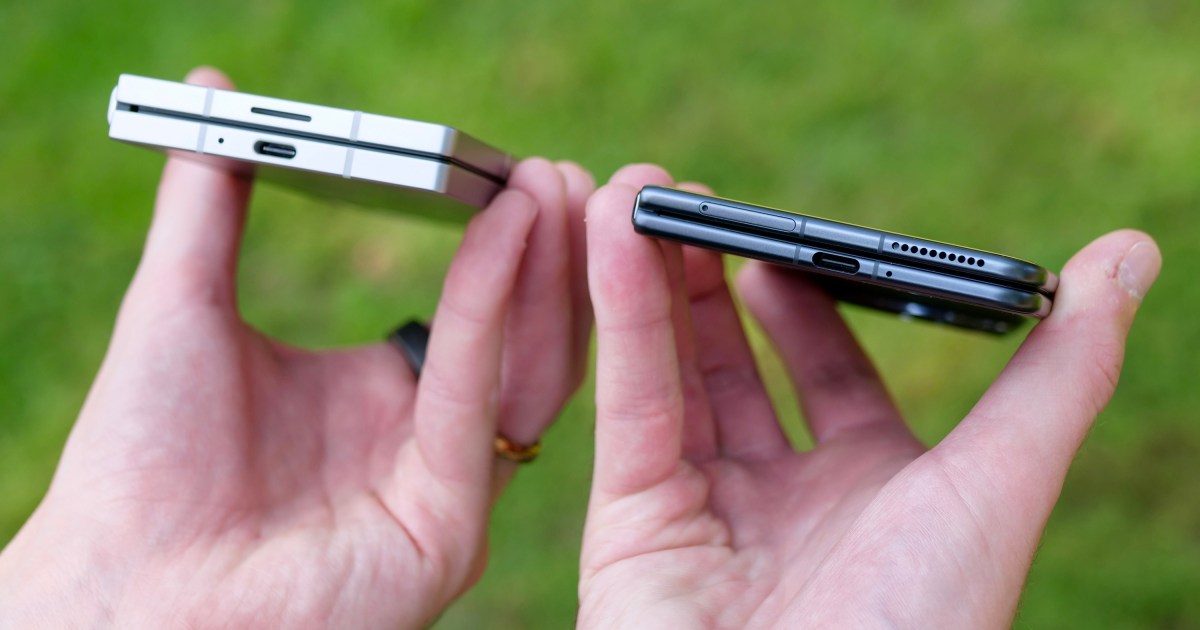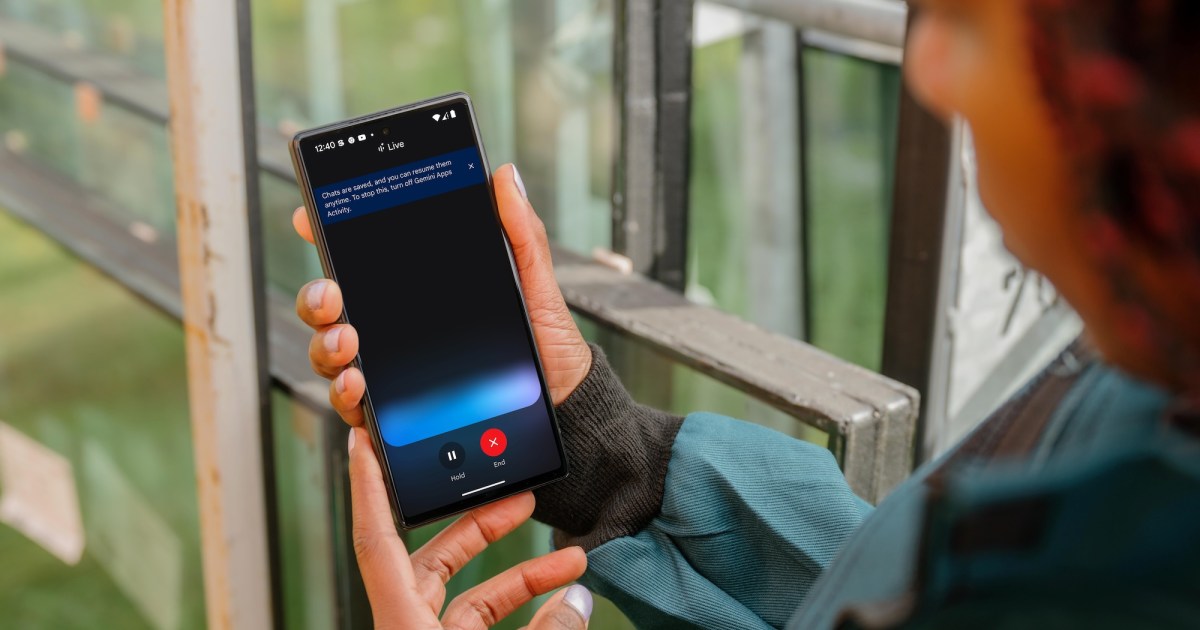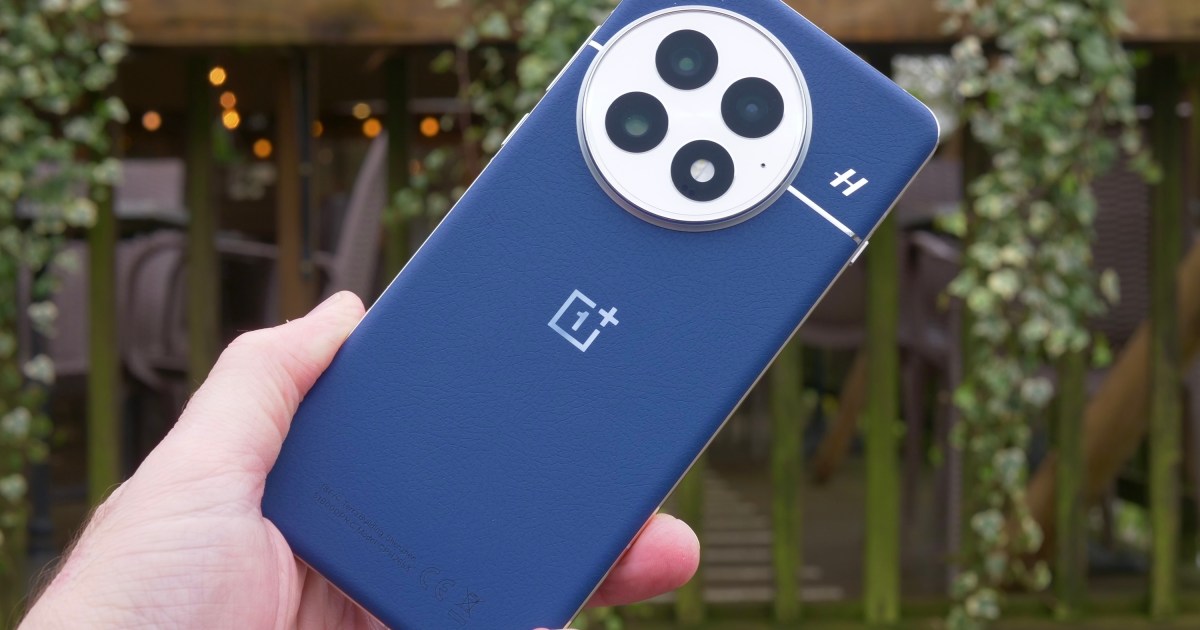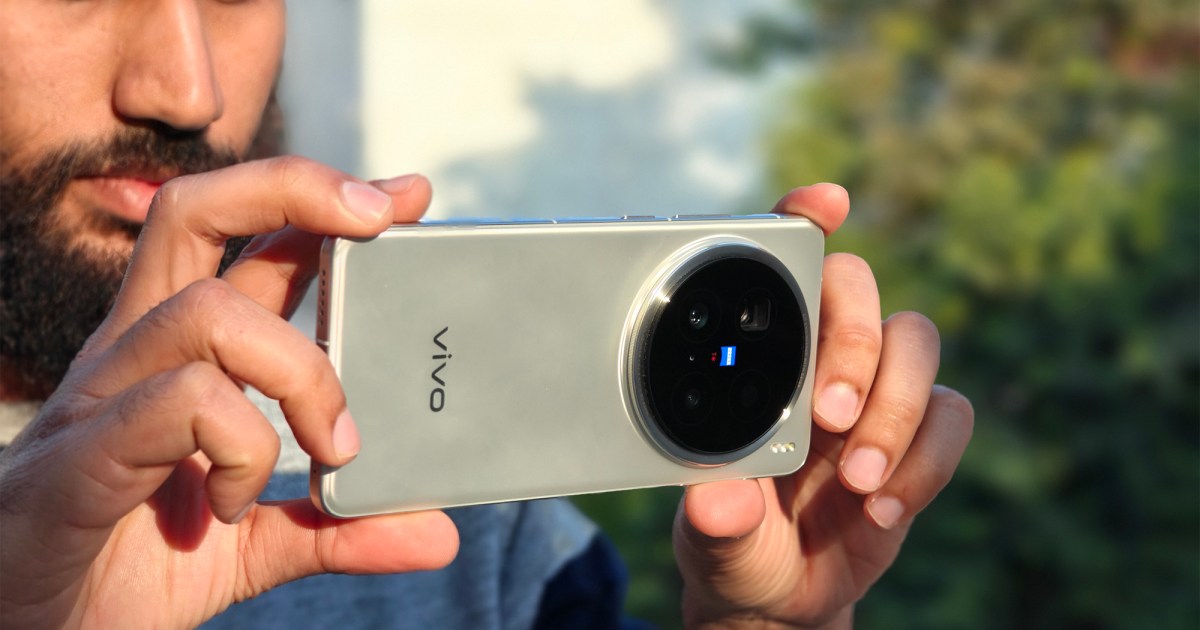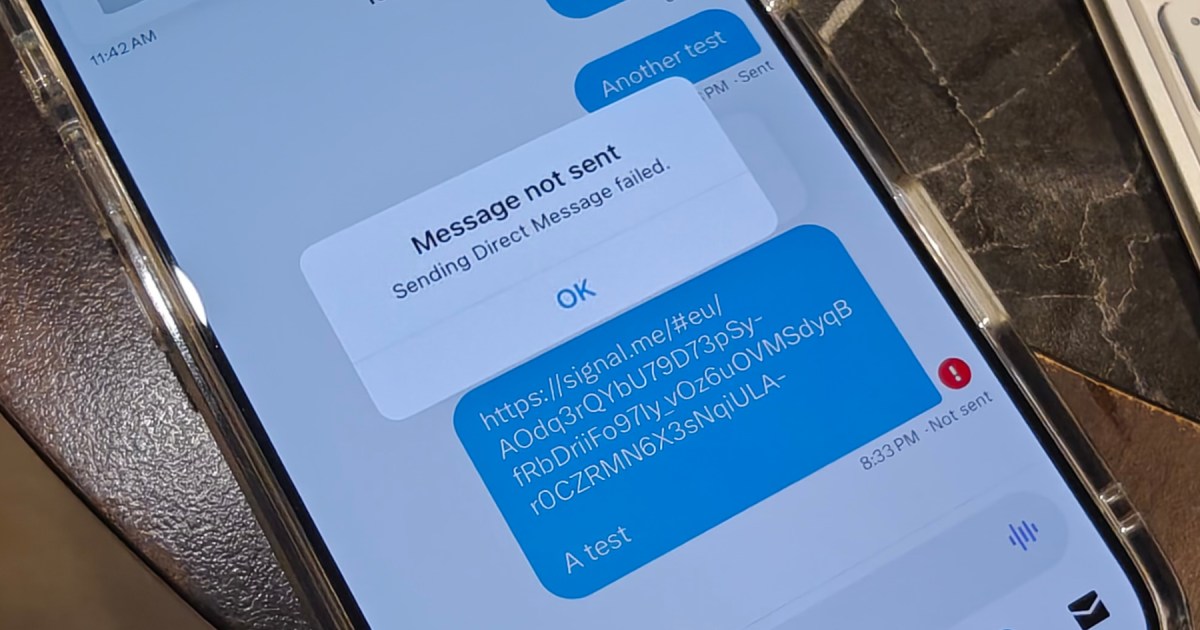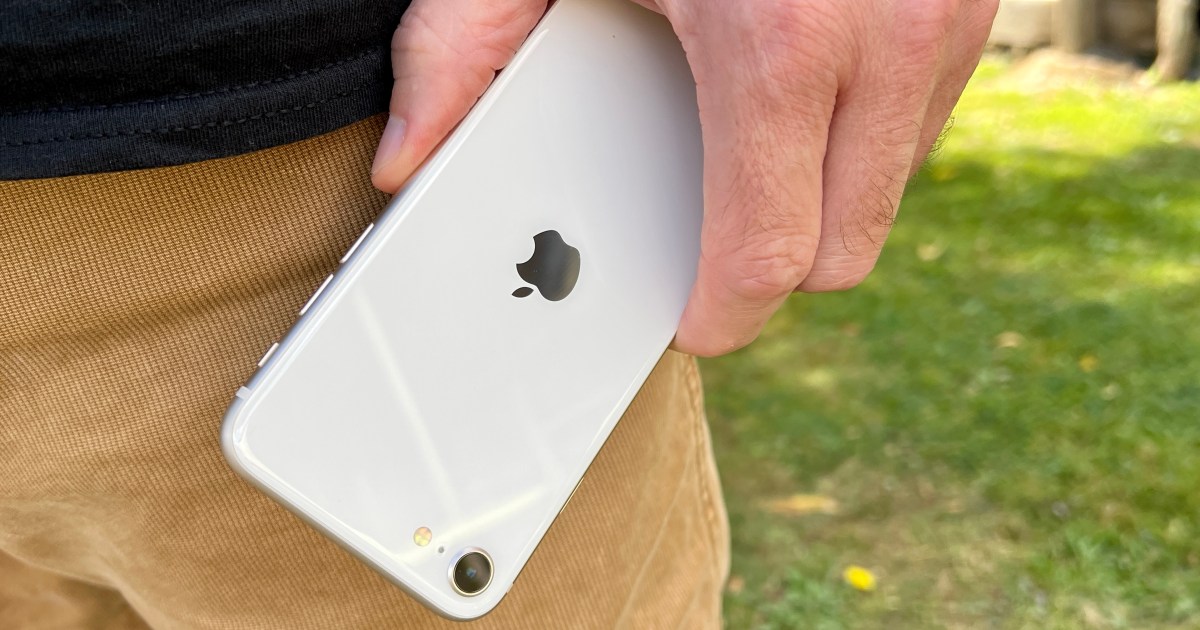Have you ever wondered how long-haul flights affect your body beyond the immediate fatigue? Modern technology, specifically smart rings, can provide insightful data about the impact of travel on your health. This article details a rigorous 10,000-mile journey and compares three leading smart rings: the Oura Ring 4, the Galaxy Ring, and the RingConn Gen 2.
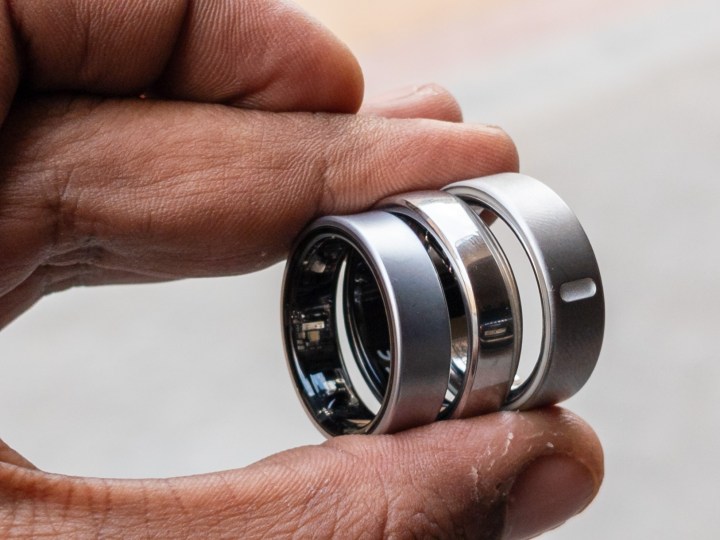
My recent travel schedule involved multiple flights across several time zones, including trips to London, Norway, Dubai, and India, following CES 2025 and the Galaxy S25 launch. This demanding itinerary presented the perfect opportunity to assess how these smart rings performed under pressure.
The Impact of Air Travel on the Body
Frequent flying, coupled with jet lag and cabin pressure changes, can have noticeable physical effects. One common issue is finger swelling, which can impact the comfort of wearing a smart ring. This journey highlighted how each ring handled this specific challenge.
Comfort and Swollen Fingers
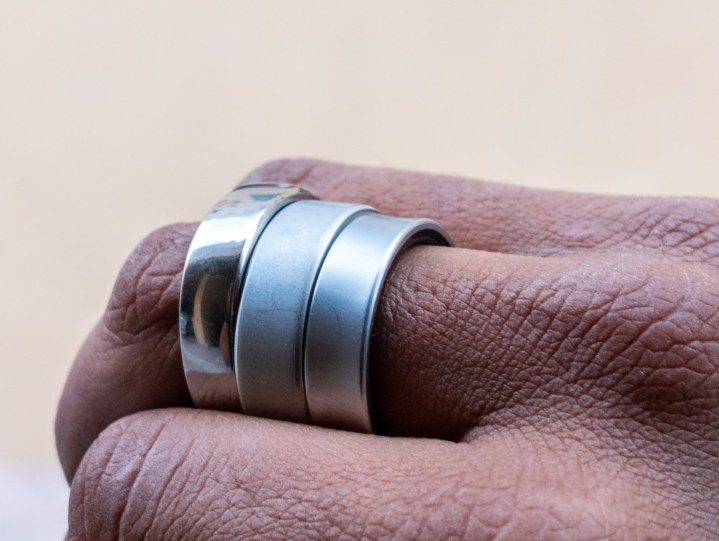
Swollen fingers can make wearing some smart rings uncomfortable. While the Galaxy Ring previously excelled in comfort, its ridged sensor design proved less ideal during this trip. The Oura Ring 4, despite being slightly thicker, offered better comfort due to its integrated sensors. However, the RingConn Gen 2 emerged as the most comfortable option. Its slim 2mm profile and narrower width provided significant relief compared to the Oura Ring 4 (2.7mm) and the Galaxy Ring (2.6mm). The RingConn Gen 2 also demonstrated impressive durability, remaining scratch-free throughout the journey.
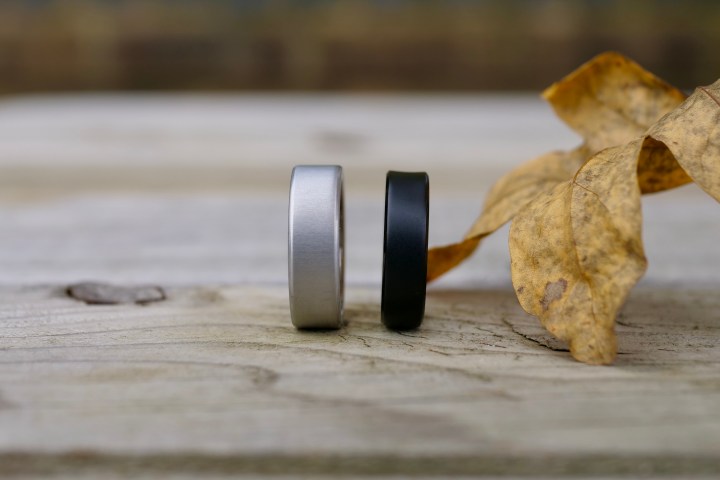
Sleep Tracking and Jet Lag
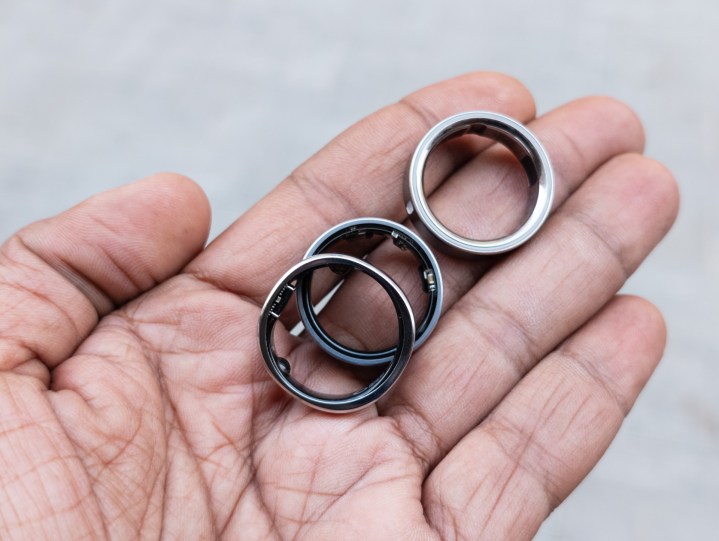
Tracking sleep patterns during travel provides valuable insights into the effects of jet lag. The fragmented sleep schedule during this trip offered a good test for the rings’ sleep tracking capabilities.
| Feature | RingConn Gen 2 | Galaxy Ring | Oura Ring 4 |
|---|---|---|---|
| Time Asleep | 2 hours 10 minutes | 1 hour 37 minutes | 1 hour 47 minutes |
| Time in Bed | 2 hours 58 minutes | 2 hours 6 minutes | 3 hours 1 minute |
| Efficiency | 73% | – | 59% |
| Sleep Score | – | 23 | 30 |
| Awake | 13.4% | 23% | 1 hour 14 minutes |
| REM | 10% | 7% | 10% |
| Light Sleep | 3.3% | 70% | 50% |
| Deep Sleep | 73.3% | – | 40% |
The Oura Ring 4 seemed most accurate in reflecting the overall fatigue experienced. However, it categorized naps as full sleep periods. The Galaxy Ring didn’t register any deep sleep, while the RingConn Gen 2 provided comprehensive metrics but lacked a sleep score. All three rings presented sleep data in fragmented blocks rather than a unified view.
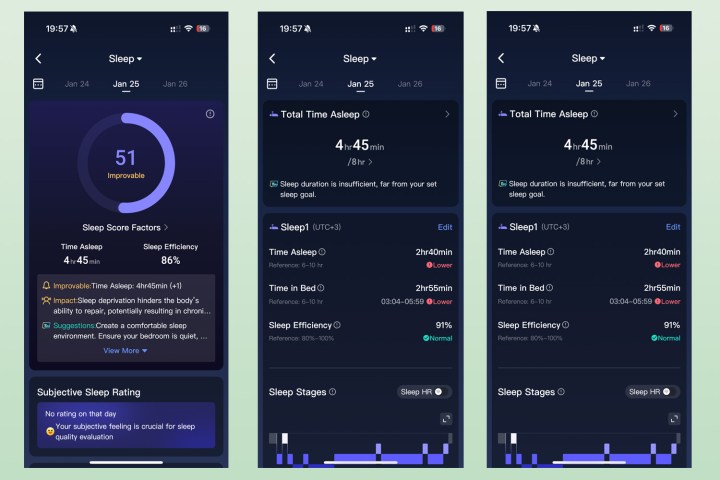
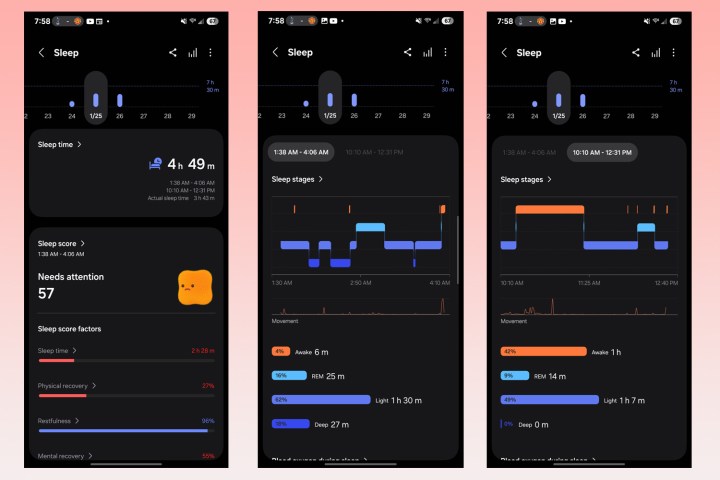
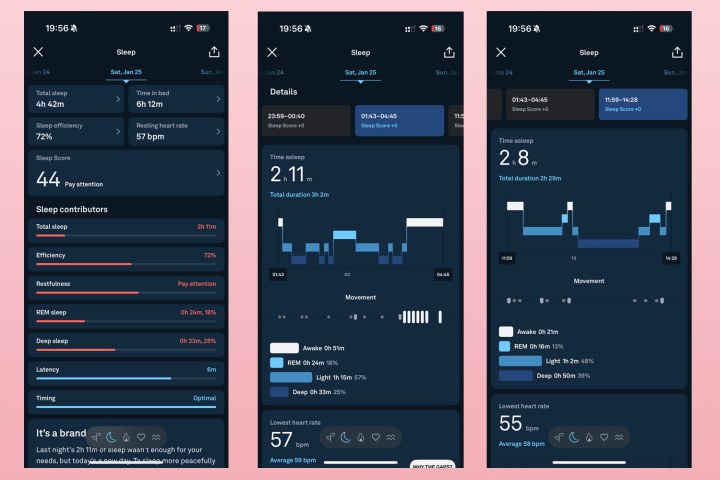
Battery Life and Charging Convenience
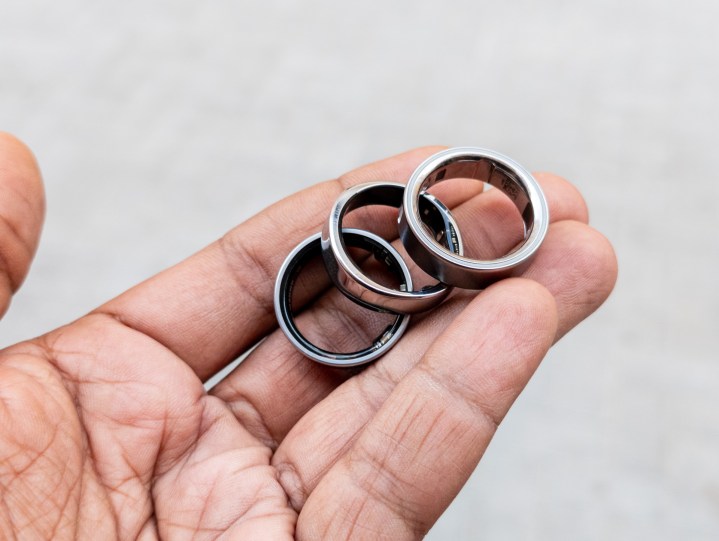
Battery life is a crucial factor for smart rings. The Oura Ring 4 required charging mid-trip, while the Galaxy Ring and RingConn Gen 2 lasted considerably longer. The Galaxy Ring and RingConn Gen 2 also offered convenient charging cases, unlike the Oura Ring 4’s charging puck.
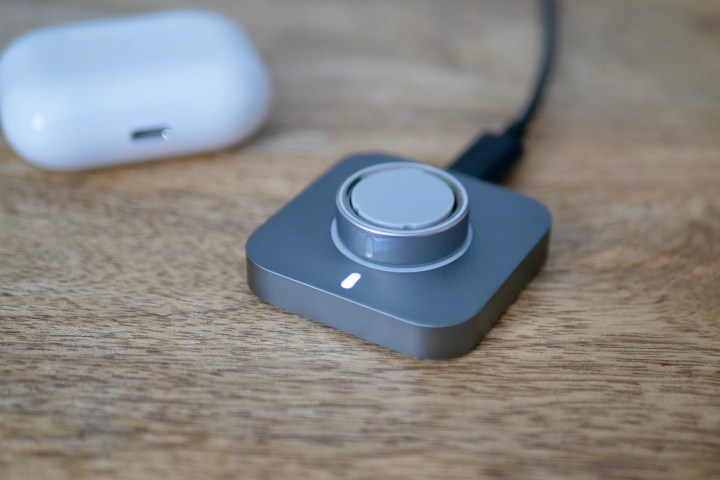
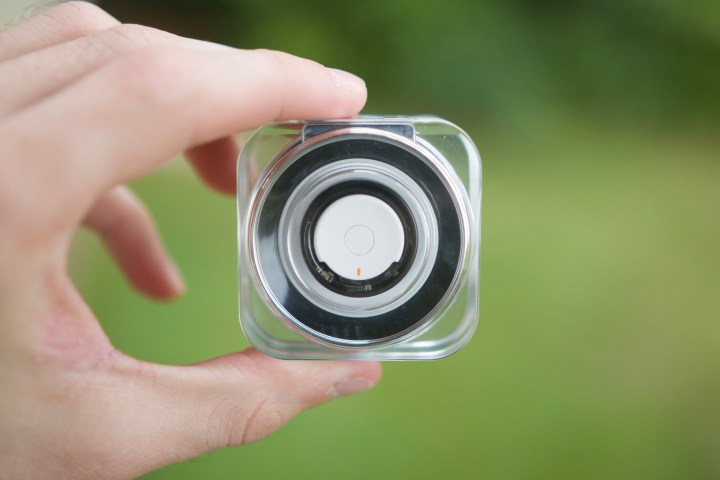
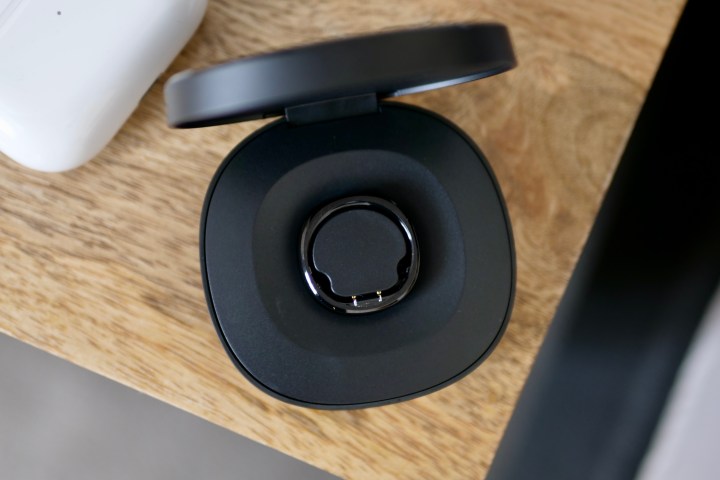
The Verdict
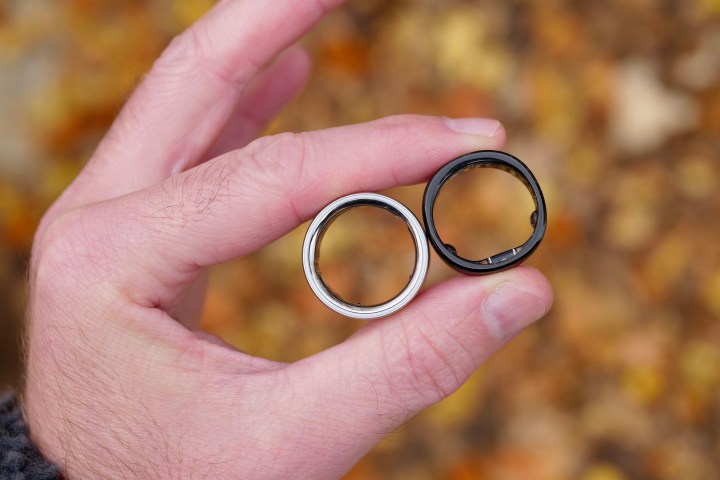
While the Oura Ring 4 boasts comprehensive metrics and the Galaxy Ring integrates seamlessly with the Galaxy Watch, the RingConn Gen 2 stands out for its superior comfort, particularly for those prone to finger swelling during travel. Its impressive features, extended battery life, and convenient charging case make it a compelling choice for both iPhone and Android users.



